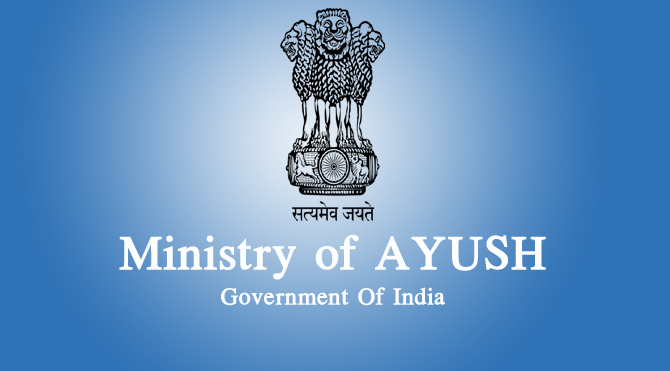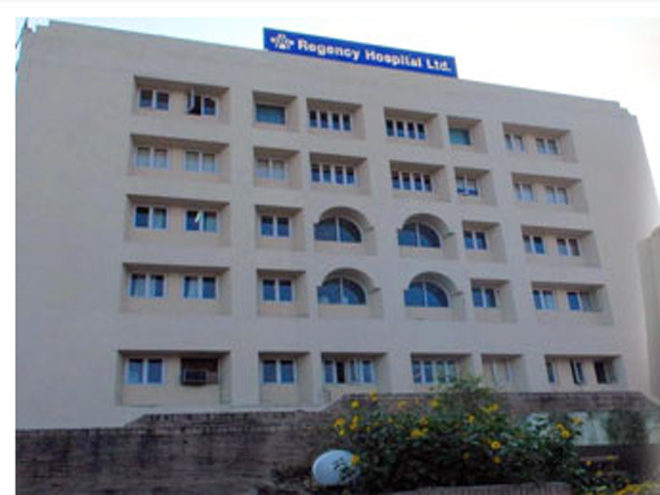

Representational image
On the lines of real estate infrastructure fund created by the government that led to the boom of real estate sector, the apex organisation of healthcare stakeholders, Healthcare Federation of India NATHEALTH has suggested as a pre-budget recommendation to the ruling government to set up healthcare infrastructure fund and give a financing push to healthcare sector in India.
Today we are at 1.3 beds per 1000 population, whereas WHO recommends an average of 2.5 beds per 1000 population. Hence, if we are looking at meeting global healthcare standards, the government should think about setting up a sustainable funding mechanism like healthcare infrastructure fund that will not only encourage entrepreneurship and newer business models which are the need of the hour, informed Sushobhan Dasgupta, President NATHEALTH.

The sector has recently seen funds coming in from private equity, venture capitalists and other investors that have entered into healthcare but these are not adequate to fuel the pace and scale of infrastructure growth that is needed. Healthcare has three layers in India of which tertiary care has been taken up by the private hospitals and they today delivery global standard of care in their hospitals. But much needs to be done in the primary and secondary delivery points across the country that will only be possible with partnership of the government. We strongly believe that by setting up of the healthcare infrastructure fund, we will achieve similar success like the real estate in terms of scale and outreach in India. Let us explore to build a corpus fund with government and private sector together and attract funds from various sources to bridge the financing gap that has been a major challenge in the healthcare sector, said Anjan Bose, Secretary General, NATHEALTH.

The federation has also proposed that access to this fund and other tax benefits should also be available to less than 100 bedded hospitals. The government is expected to provide the seed capital of this infrastructure fund. These funds are aimed to facilitate newer business models in Tier II, Tier III and rural areas as for hospitals like us it is financially unviable to expand in newer cities and rural areas. Corporate tax incentives on capital expenditure for Greenfield hospitals with 50 beds is also suggested as the exemption is currently only for hospitals with 100 beds. This will help hospital and smaller healthcare delivery points to come up in smaller towns and rural areas as well, said Gautam Khanna, CEO, PD Hinduja Hospital and Medical Research Centre.

The healthcare sector in India has always had budget allocations far below than that of developed countries of similar geography and population size. Although, the new government has introduced many new schemes and the even the Make in India mission has considered medical devices and equipments to get an indigenization push, the impact of these are yet to be seen on ground. In addition to above the other key recommendations aimed to make healthcare accessible and affordable includes exemption of healthcare industry from GST, revision in import duty structures for raw materials and finished goods, exemption of excise duty on equipment manufactured or assembled in India.

Be a part of Elets Collaborative Initiatives. Join Us for Upcoming Events and explore business opportunities. Like us on Facebook , connect with us on LinkedIn and follow us on Twitter , Instagram.
"Exciting news! Elets technomedia is now on WhatsApp Channels Subscribe today by clicking the link and stay updated with the latest insights!" Click here!
















